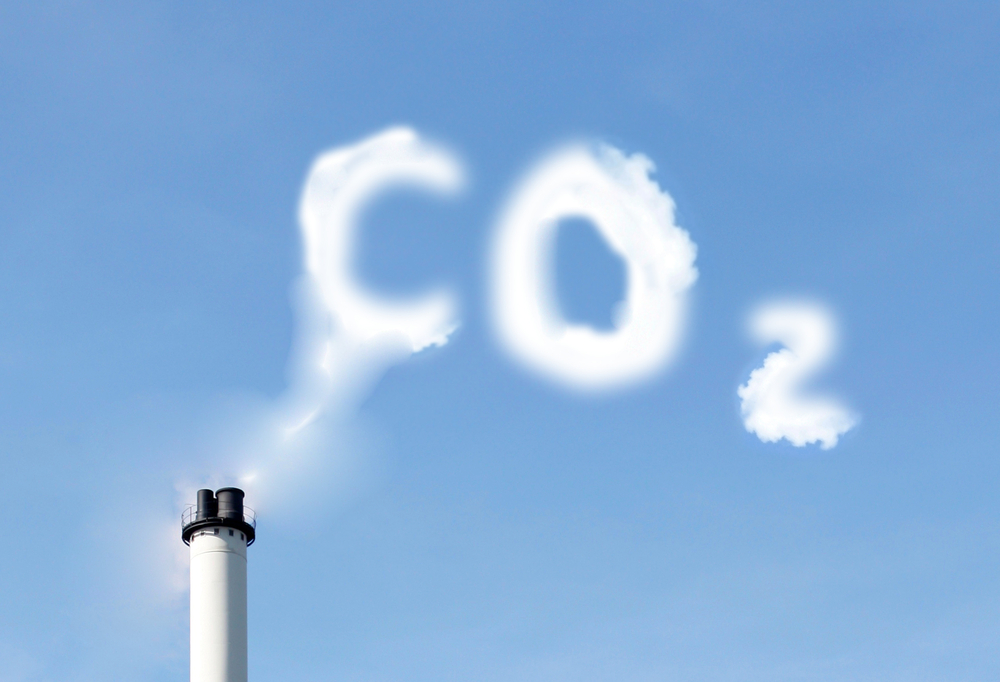| Environmental Columns
Climate change
Cities to play a key role under COP 21
An historic agreement to fight climate change and invest in a low carbon economy, sustainable cities, and clean energy was signed by 195 nations in Paris on December 12, 2015. For the first time, these 195 countries have chosen to join together on the basis of their past, present and future responsibilities (UNFCC, “Historic Agreement on Climate Change”, December 2015). This raises many questions for us. What does the agreement mean for Canada? And what does it mean for the City of Pointe-Claire?
The main goal of the Paris agreement is to keep the global temperature rise well below 2 degrees Celsius in the twenty-first century. The agreement also states there should be efforts to limit the temperature increase even further to 1.5 degrees Celsius (with 1995 as a base year for European countries and 2005 for North American countries).
According to the United Nations, the world’s cities “account for over 70% of energy-related CO2 emissions, and … produce almost half of all global greenhouse gas emissions”. In addition, major cities such as Paris, New York City, Chicago, Toronto, Quito, Durban, and Montréal are on the front lines in terms of climate change impacts, and they are urgently required to identify how they will handle natural disasters such as rising sea levels, droughts, heat waves and typhoons. The World Bank estimates that cities will bear “more than 80% of the overall annual global costs” of adaptation to climate change (UN News Centre, December 4, 2015).
Meanwhile, the C40 Cities Climate Leadership Group – a network of large cities committed to addressing climate change – argues that “ending climate change begins in cities” (C40, January 2015).
C40 argues convincingly that green actions not only help prevent climate change, but can also have a positive impact on the health, wellbeing and economic opportunities of urban citizens. Benefits include job creation, a healthy environment, green spaces, quality of life, and reduced carbon emissions.
UNEP, the United Nations Environment Program, also states that cities play a crucial role in taking low carbon action. Many of the challenges faced by the world take place in an urban context. UNEP identifies a number of these challenges, including the following (UNEP, 2015):
1. Cities are responsible for consuming 78% of all energy globally.
2. Cities produce more than 60% of all carbon emissions.

Photo: www.theenergycollective.com/jemillerep/133431/how-can-us-substantially-reduce-carbon-emissions
3. By 2025, cities will create enough solid waste to fill a line of rubbish trucks 5,000 km long each day.

4. $53 trillion of city-level investment in energy and efficiency is needed by 2035 to remain on track towards a 2-degree world.

Photo: gbtimes.com/business/shangai-zendai-develop-smart-city-south-africa
What kind of challenges are we facing in coming decades in our city? Now is the time for us to be wildly creative and innovative. Energy, transportation, food – these are all areas that we need to look at.
Bibliography
- Ban Ki-moon, “Opening Remarks at Press Conference”, UN Headquarters, 16 September 2014,www.un.org/apps/news/infocus/sgspeeches/statments_full.asp?statID=2344#.VpeqUvkrJxB.
- C40, “The Power of C40 Cities”, www.c40.org/cities.
- UN News Centre, “COP 21: In Paris, Mayors and Celebrities Join UN Launch of Report on Boosting Investment Towards Climate Smart Cities”, December 4, 2015, www.un.org/apps/news/story.asp?NewsID=52731#.VpVM34lgkpV.
- UNEP, “Sustainable Cities for Climate Action”, 2015,www.cop21paris.org/images/downloads/Sustainable_Cities_by_SIF15.pdf.
- United Nations Framework Convention on Climate Change (UNFCC), “Adoption of the Paris Agreement. Proposal by the President”, December 12, 2015, unfccc.int/resource/docs/2015/cop21/eng/l09.pdf.
- UNFCC, “Historic Paris Agreement on Climate Change”, December 12, 2015, newsroom.unfccc.int/unfccc-newsroom/finale-cop21/.
